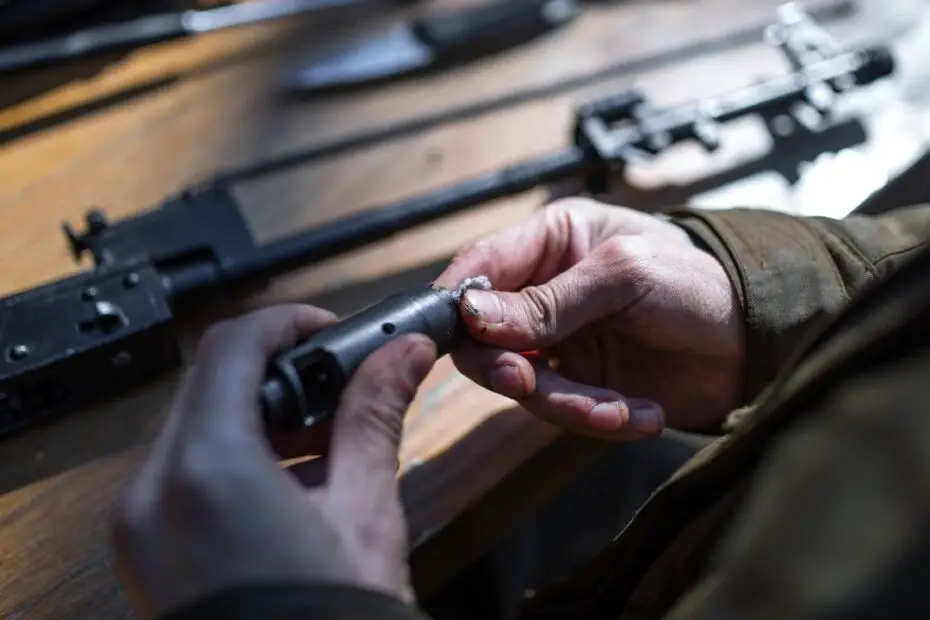If you’re new to the world of concealed carry or interested in joining it, there are several different types of holsters to consider. To name a few, there are inside-the-waistband, outside-the-waistband, belly-band, and ankle holsters. Let’s look a little deeper into the pros and cons of ankle-carry holsters so that you can narrow down your choices and decide what’s best for you.
Pros
Versatility
If you prefer to carry a small pistol or micro-pistol, an ankle-carry holster is a solid concealed carry option for you. If you carry a revolver, ankle-holsters are still versatile enough that you’ll be able to carry it below the waist in this way. Other forms of concealed carry may need some serious adjusting if you try to carry a micro-pistol in them, but ankle holsters can carry a wide array, from a Kel-Tec P-3AT or Ruger LCP up to a SIG Sauer P220.
Increased Mobility
Other holster types can prevent you from making certain movements while you carry. For example, carrying outside of the waistband requires you to wear specific apparel. When you move, you may have to adjust this apparel so that your firearm isn’t revealed. In turn, your overall mobility may be compromised. You may find yourself avoiding certain movements to keep your holster and firearm hidden. The beauty of an ankle holster is that it allows you to move freely without worrying that your firearm is showing.
Comfortable Fit
Other common concealed carry holsters can leave you feeling uncomfortable. Carrying inside or outside the waistband may leave you feeling as though you must stand rather than sit, as the nature of having a firearm on your waist means it’s prone to digging into you when you sit. And belly bands can feel uncomfortable on sensitive skin and make your body temperature rise.
Ankle holsters are comfortable because they don’t poke or prod into an important part of your body. Additionally, the skin around the ankle tends to be less sensitive than the torso and waist regions, adding to overall comfort.
Cons
Continual Adjustments
The nature of carrying on your ankle means that your firearm moves every time your leg moves. Continual movement can cause the holster to slip, slide, or shift. To ensure security of the firearm, you’ll want to keep an eye out for these moments and adjust accordingly.
Slower Draw
In times of crisis, the quickest possible draw is ideal. Other concealed carry types keep the firearm close to your hands. This makes it quicker to draw, and in a dangerous situation, these seconds could be the difference between life or death or injury. This is why other holster types appeal to a larger audience.
Evaluate your needs and priorities in a holster. If you’d like some additional guidance in your choice, contact a local professional or sign up for a local concealed carry class near you. Either option can help you consider the pros and cons of an ankle-carry holster.
